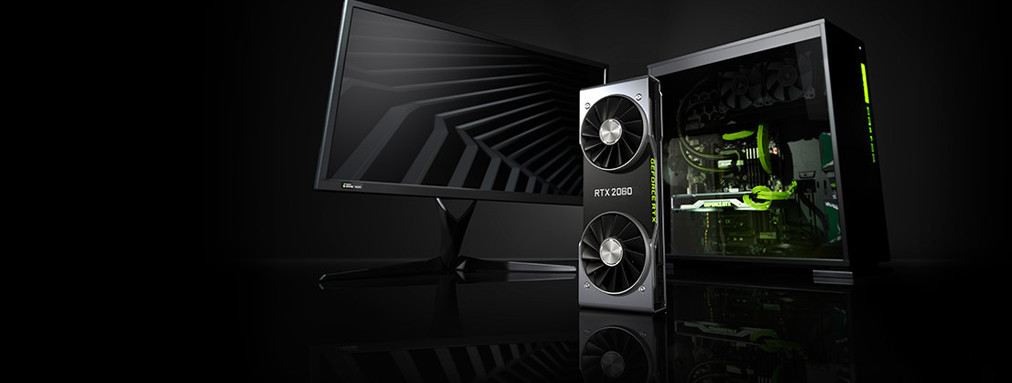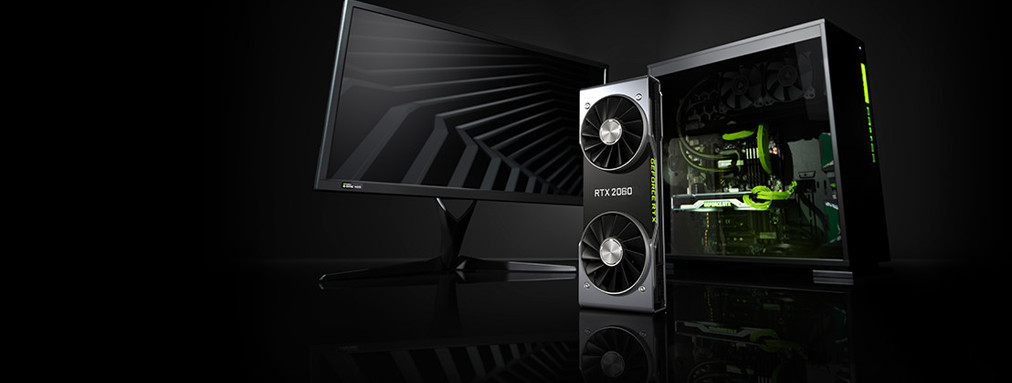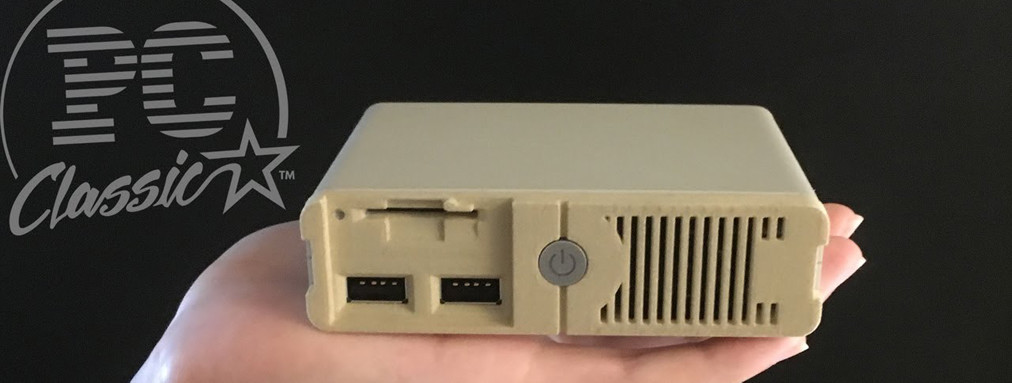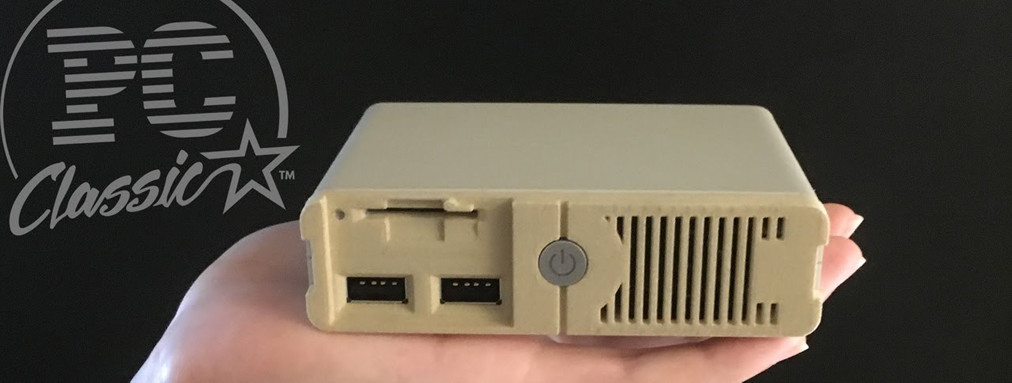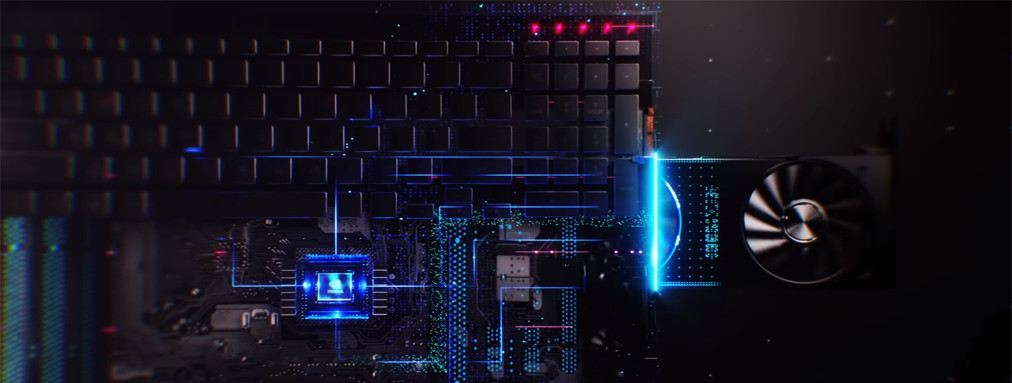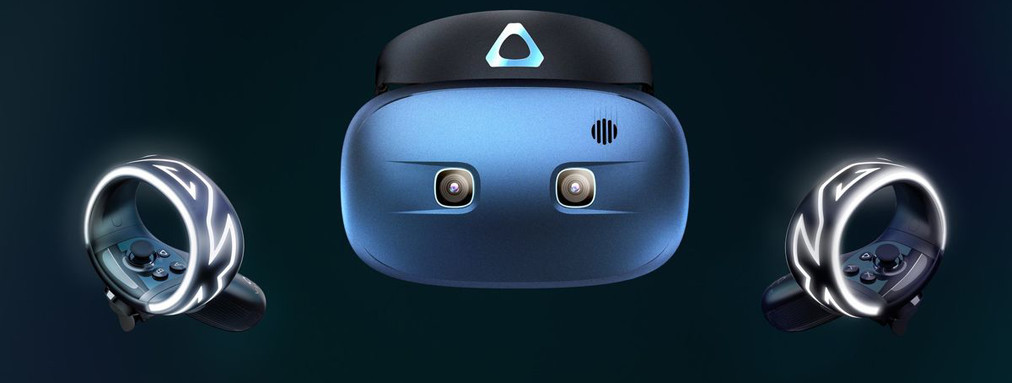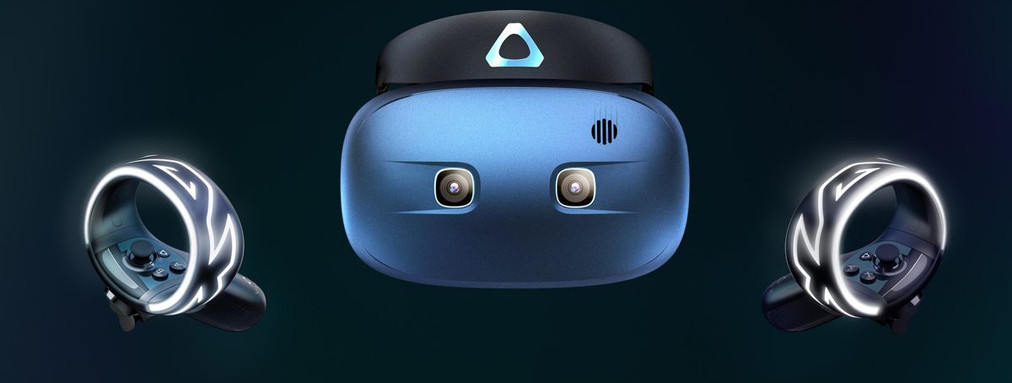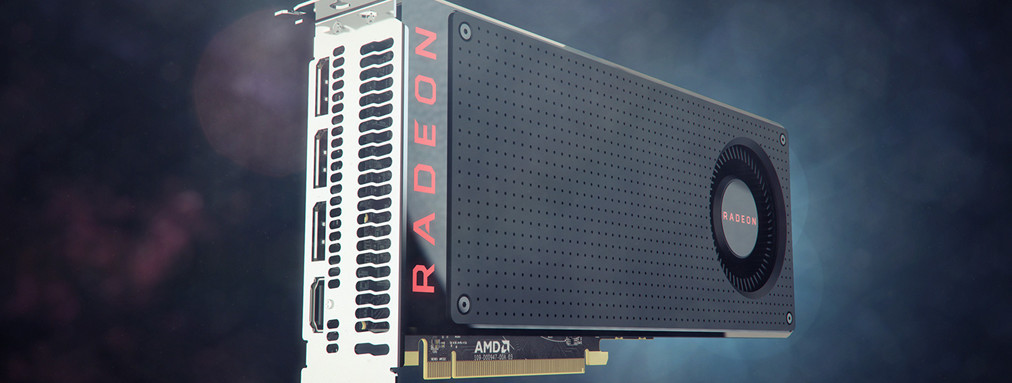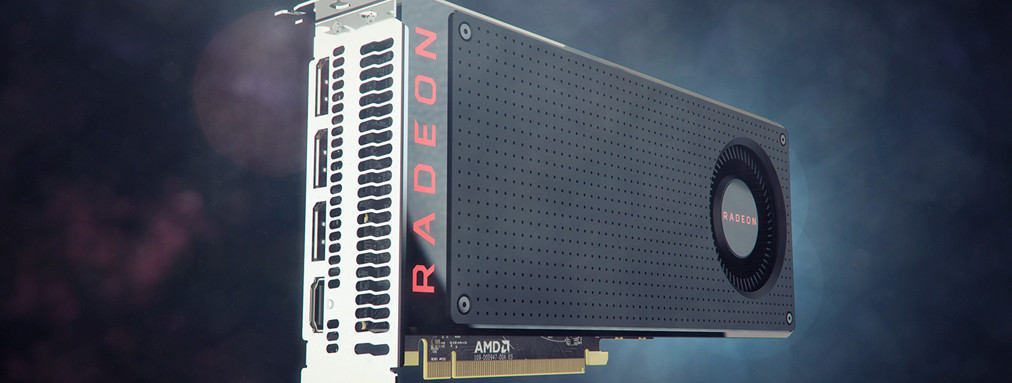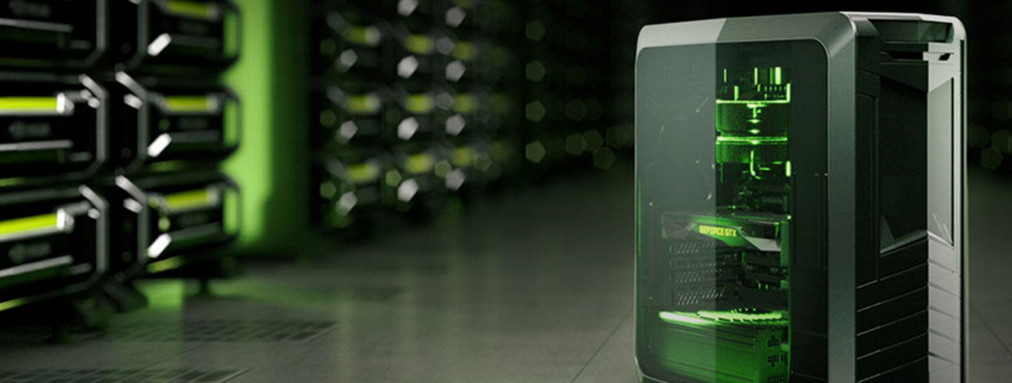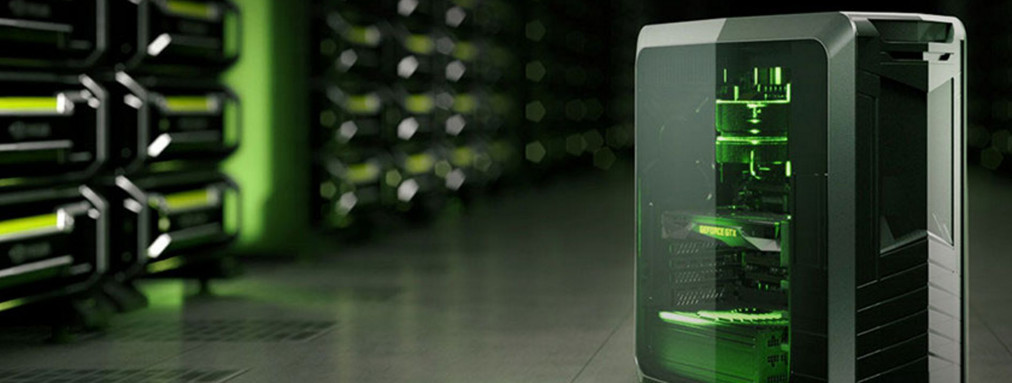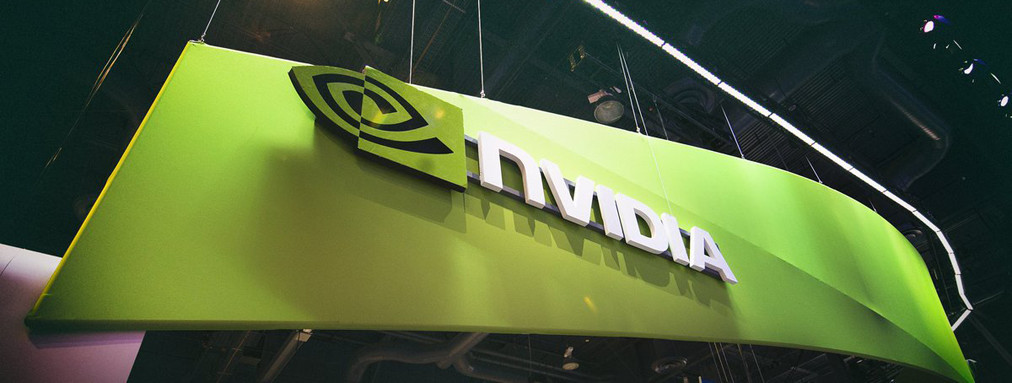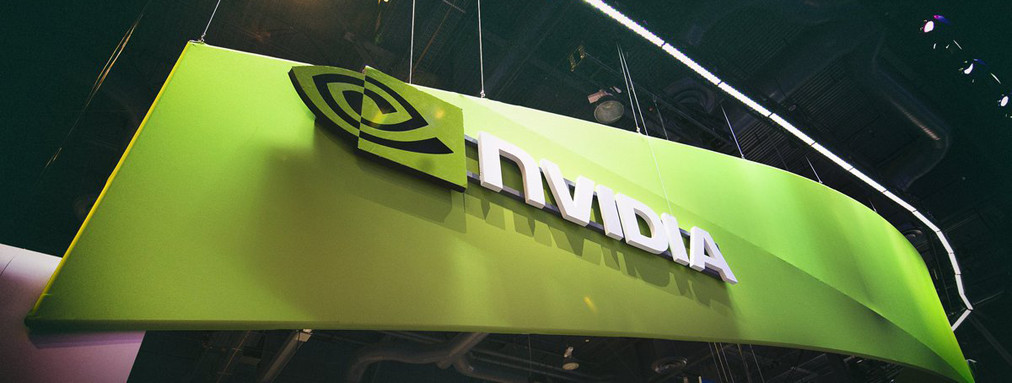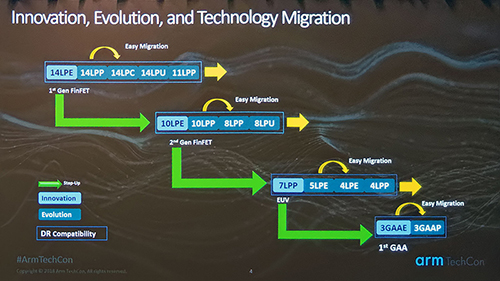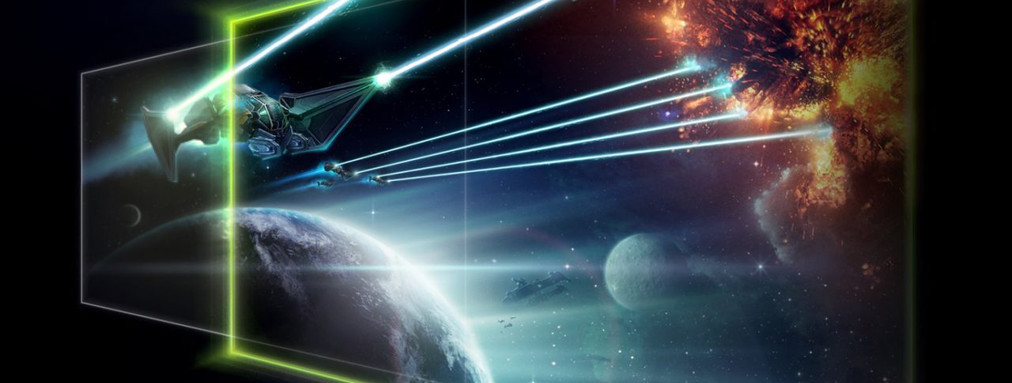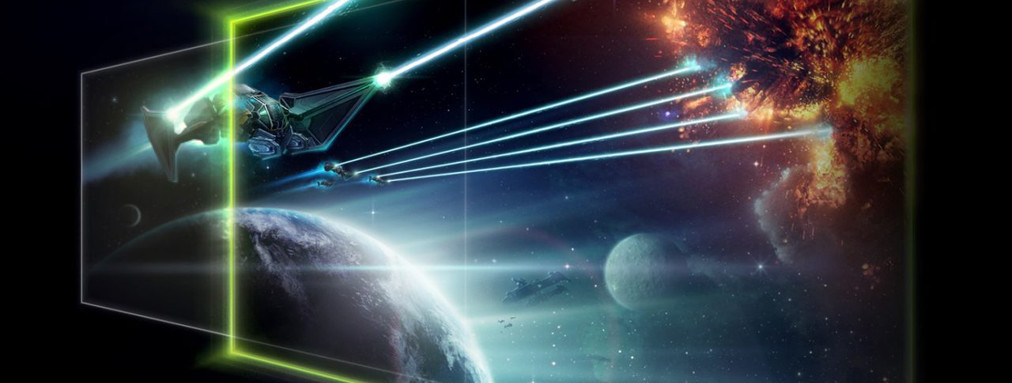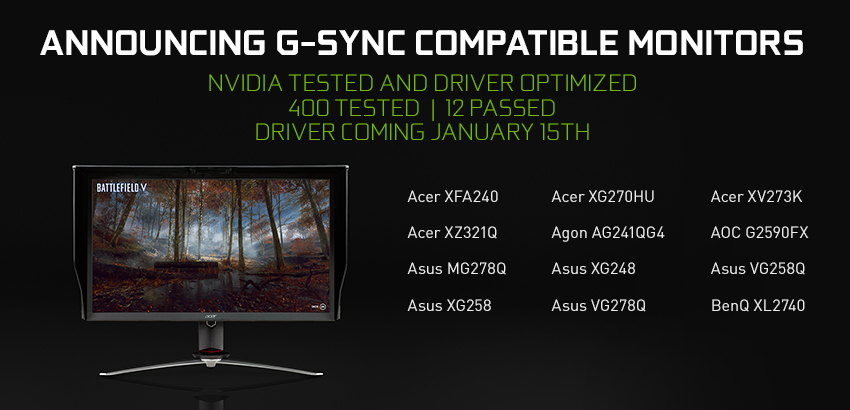
Project CARS 2
Can I Run It?
Add FPS
Compare GPU
Trailers
Project CARS 2
Have your say
User Review
7.75
Optimisation
8.6
Most Demanding
8
UPDATE: Slightly Mad’s Mad Box game console is practically being developed before our very eyes. SMS CEO Ian Bell has joined Twitter for the purpose of shouting about the new top-end console, revealing the first prototype designs that are being worked on with hardware partners.
As you can see, the Mad Box bears a fair bit of resemblance to a flamboyant desktop PC, although Bell has reiterated it is most definitely a games console.

In terms of the components, SMS has chosen to blur the internals as they’re still in discussions for which parts to use. Considering this console isn’t even expected to launch for another 3.5 years, we’d be surprised if Slightly Mad even has a clue what’s going in it themselves.
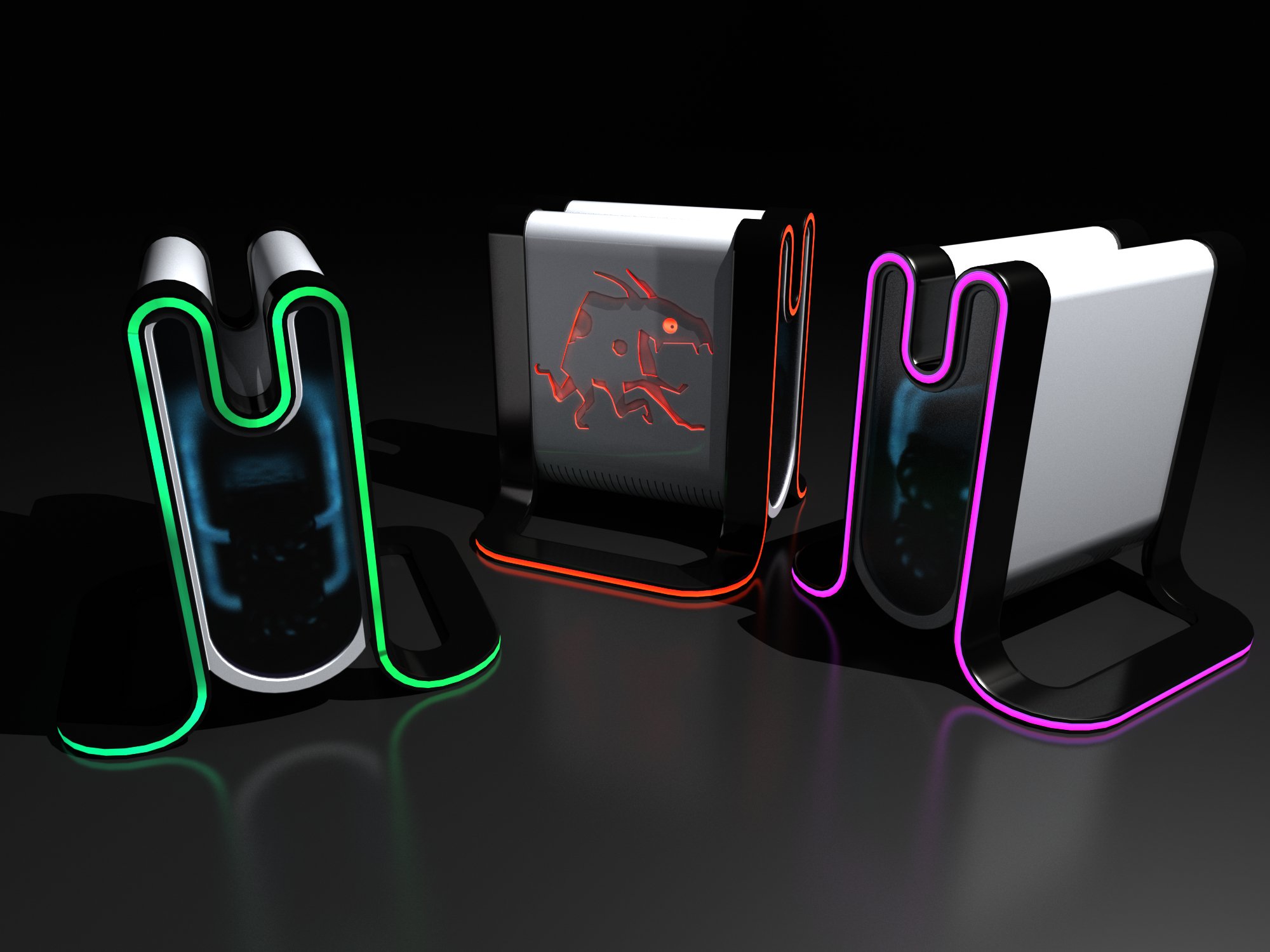
Ian Bell has also addressed some confusion about the VR capabilities of the Mad Box, confirming it will deliver 90 FPS per eye.
There seemed to be a lot of confusion yesterday after Bell claimed that 60fps is all you need for great VR, which naturally set a few alarm bells ringing. A number of devs from BioWare, Bossa, and even Garry’s Mod creator Garry Newman began weighing in, only to have their tech expertise shot down. Bell has clearly had a word with his own tech experts and revised the target to 90fps per eye.
It’s a worrying turn of events. Launching a new console and making it a success is next to impossible as it is, let alone if you’re going to ignore the advice from the experts.
Original Story: 03-Jan-2019 – Project Cars 2 Dev Slightly Mad Studios Announces ‘Mad Box’ 4K 120FPS Games Console
Project Cars 2 developer Slightly Mad Studios has announced its working on a standalone games console that will compete directly with Xbox and PlayStation in a frankly bizarre move.
Ian Bell, CEO of the appropriately named Slightly Mad Studios, announced the ‘Mad Box’ via Twitter, claiming this next-gen console will be targeting the lofty goal of 4K/120fps and go toe-to-toe with the best high-end gaming PCs.
The current aim is to launch The Mad Box in 2021 with 4K/120fps support, as well as 60fps per eye in VR, which is oddly below the generally expected minimum of 90fps for VR. “What is the Mad Box? It’s the most powerful console ever built… It’s literally ‘Mad’… You want 4K, you want VR at 60FPS? You want a full engine for free to develop your games on it? You have it,” wrote Bell on Twitter.
Creation of the enthusiast-tier games console is still in its early stages right now. “We’re in early talks with manufacturers of components so we can’t say much more right now other than we have the designs specced out in detail”, Bell told Variety. “We have the required hardware contacts to be able to bring something epic to fruition based on our designs.”
In terms of specs, Slightly Mad Studios is targeting high-end PC specs from 2021. We’re probably talking the equivalent of Nvidia’s next-gen GPUs, for example. This would undoubtedly mean we can expect a sky-high price for this console box, which does beg the question as to why folks wouldn’t just build a top-end PC. Bell does claim it’ll be “competitive with upcoming console prices” though, hinting it may not totally break the bank. Does he also know something about the PS5 and Xbox Scarlett that we don’t?
The sheer weight of marketing dollars that need to be thrown at a successful console launch has us instinctively worried for The Mad Box. Console need momentum and third-party support in order to survive, and even the experienced minds at Sony, Microsoft and Nintendo can occasionally slip up and find themselves with dud consoles. Those three also have scale on their side, able to mass produce millions of consoles knowing they will sell, in turn bringing the cost-per-unit down. With a cold start, The Mad Box has its work cut out, although Slightly Mad has secured funding for the console and won’t be turning to Kickstarter.
It remains to be seen whether The Mad Box will be a closed ecosystem or whether we’re looking at a Steam Box-like device. The former seems the most likely, although this places a far greater emphasis on developer support. If the games aren’t there, no one’s going to buy this thing.
What are your thoughts on a newcomer to the console scene? Do Slightly Mad have the clout to compete with Sony, Microsoft and Nintendo? Let us know what you think below!
